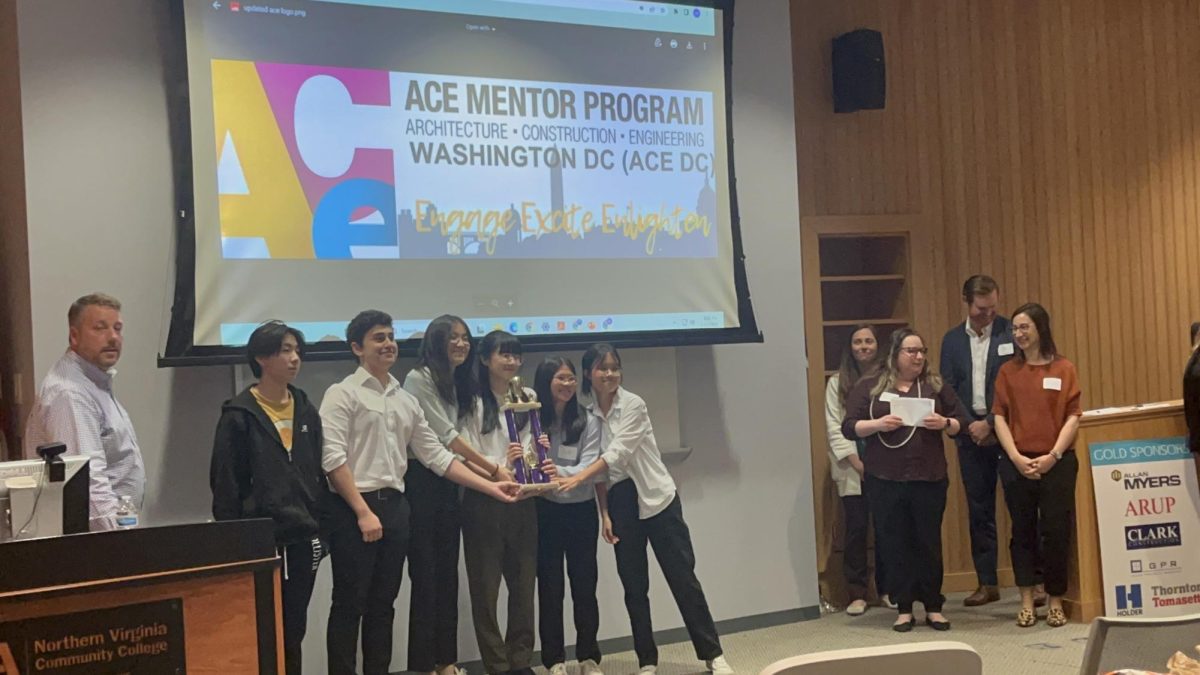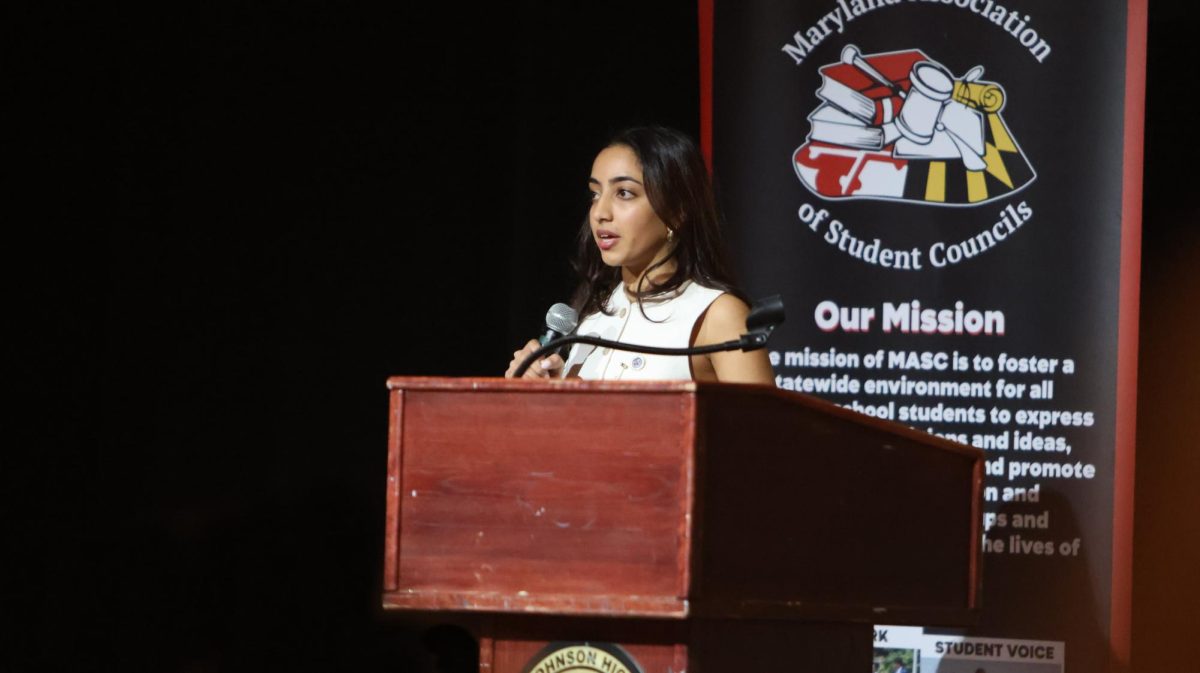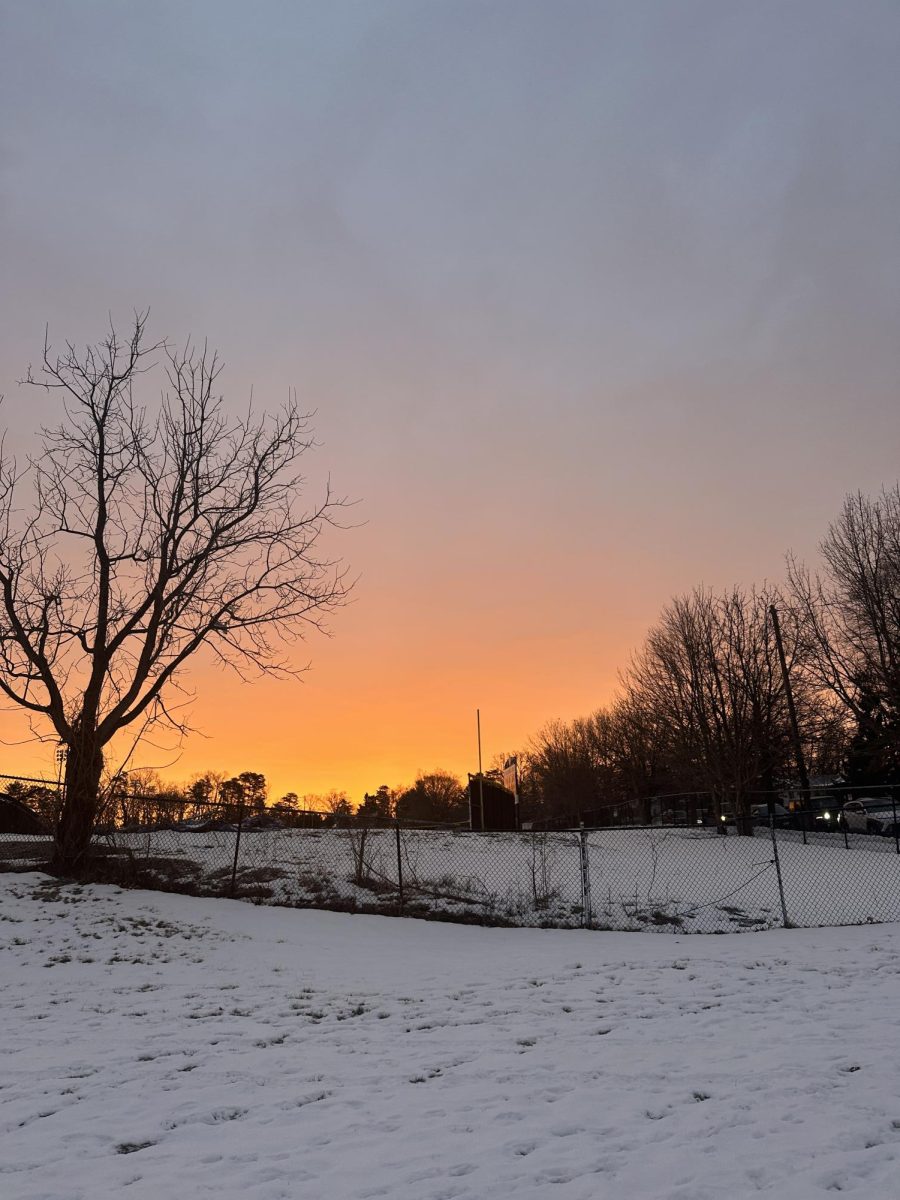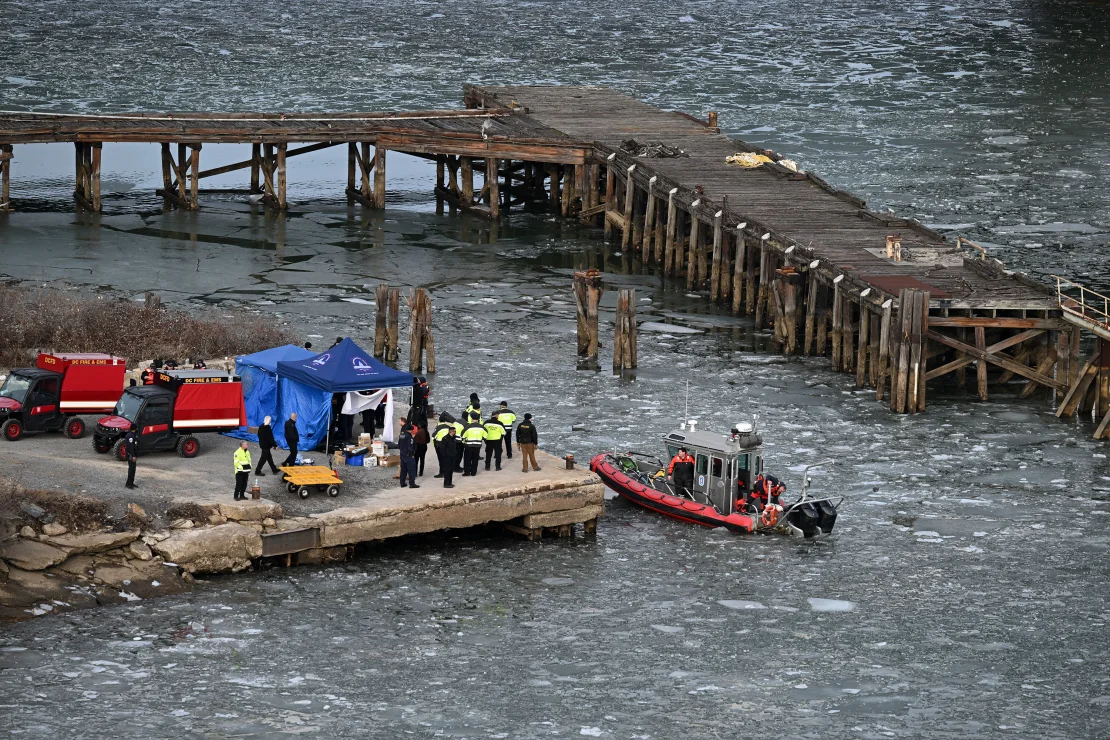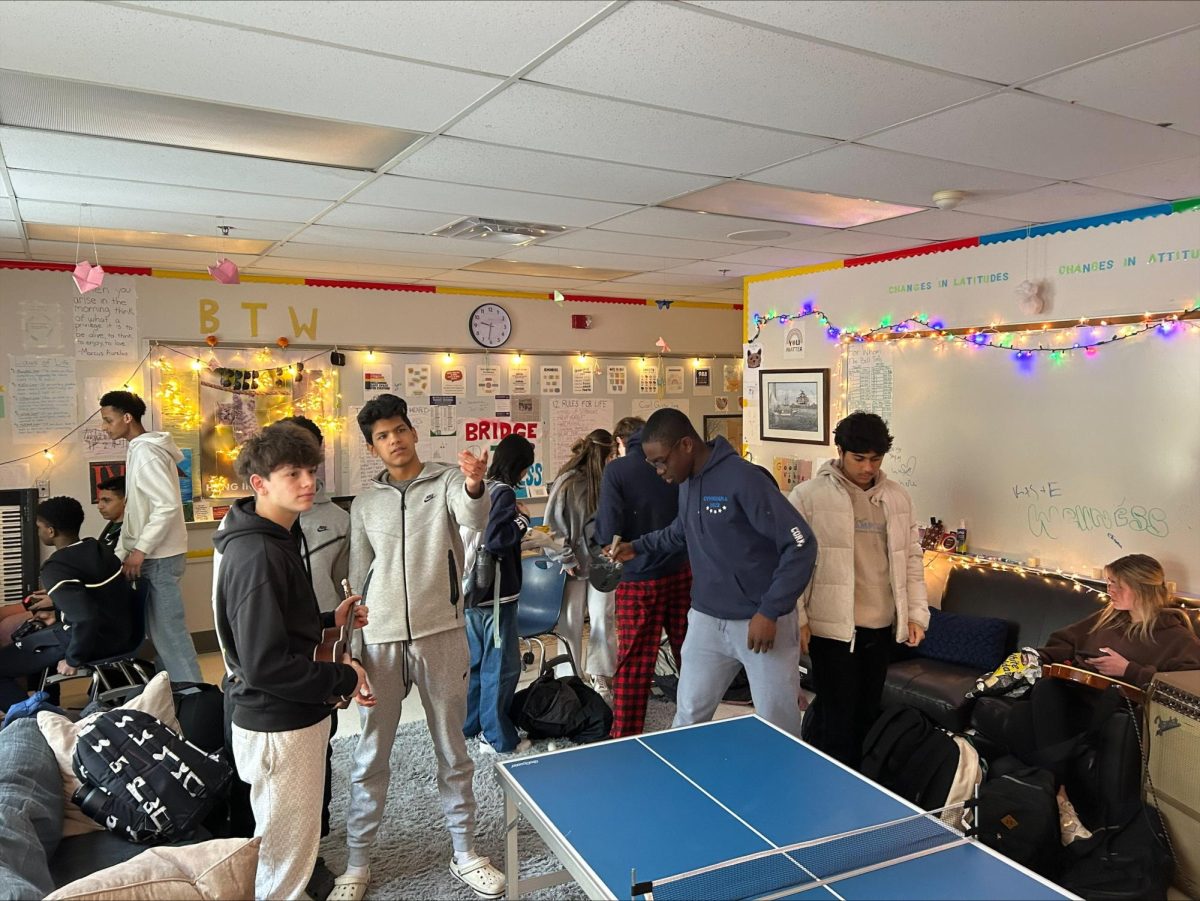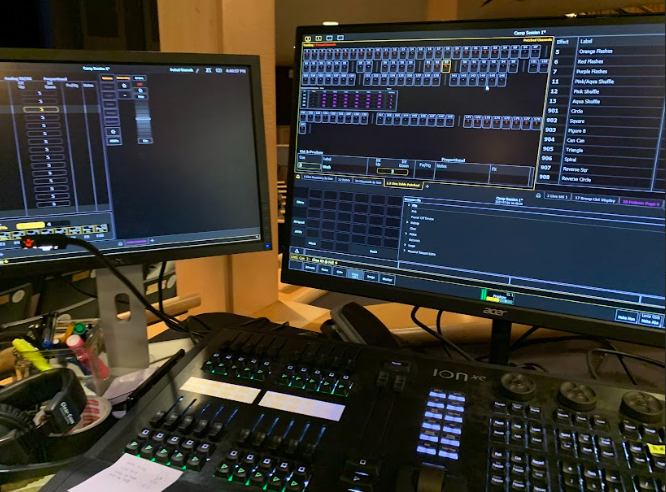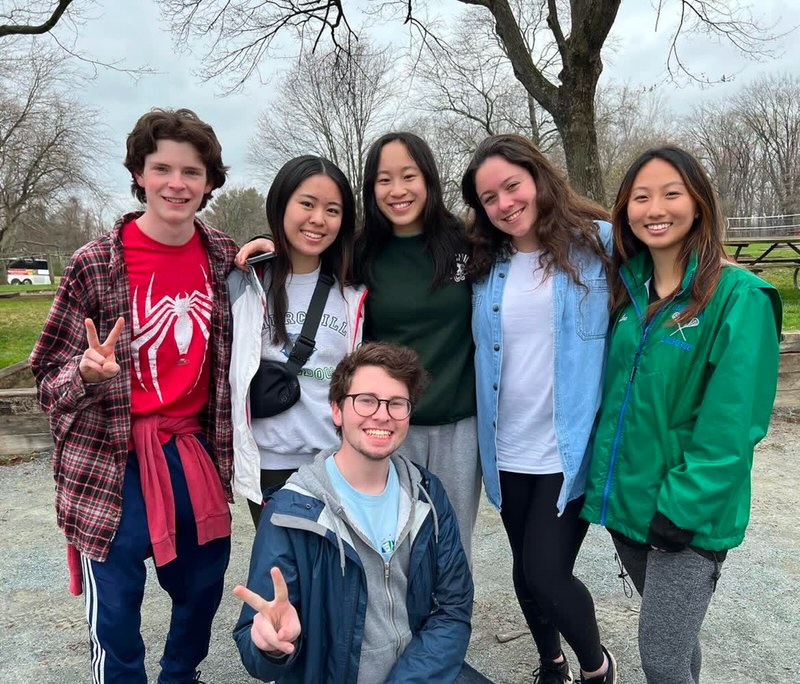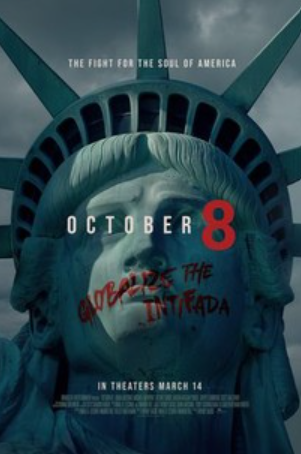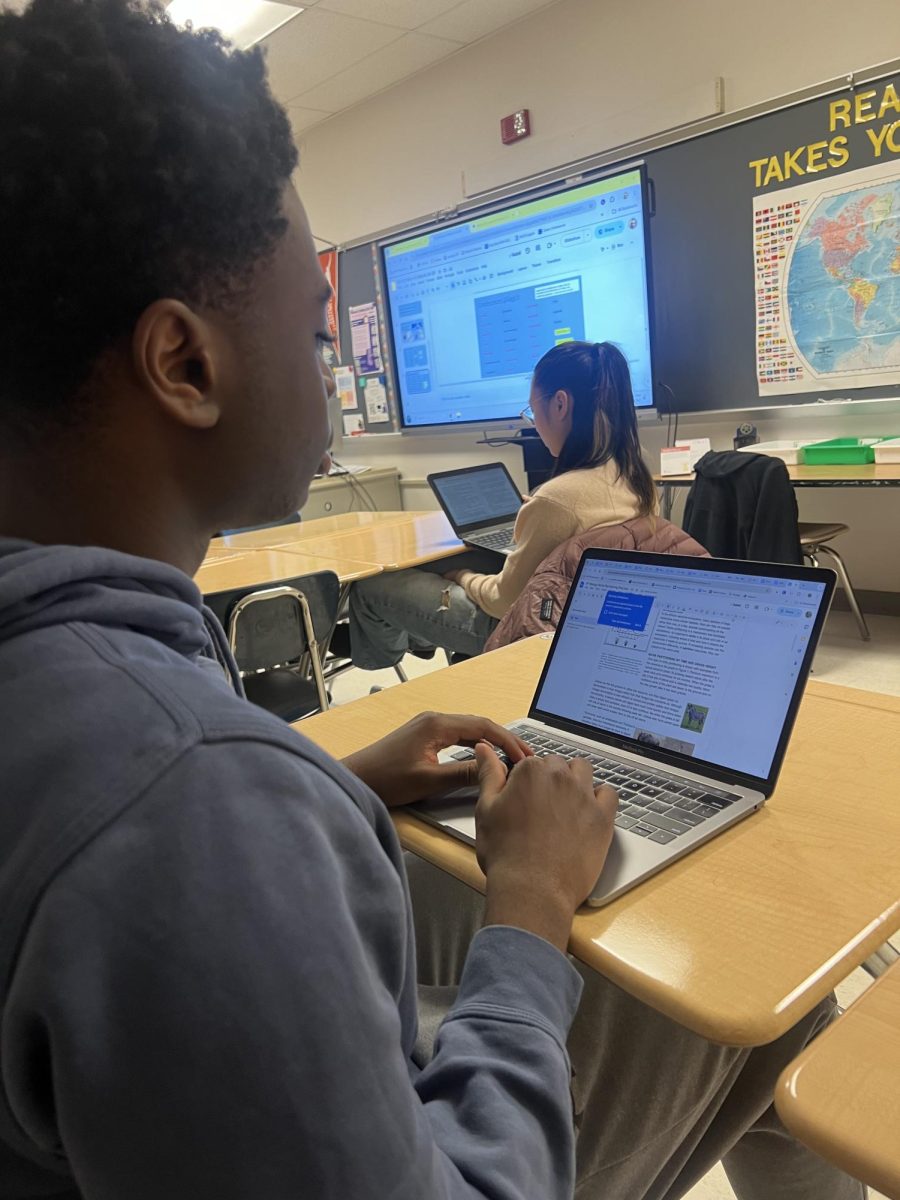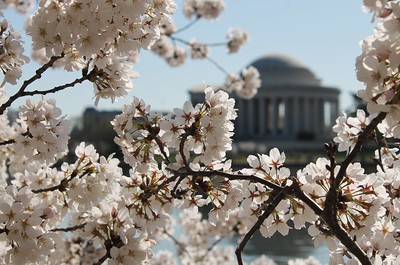In the early morning of March 26, 2024, the large container ship “MV Dali” was leaving the Port of Baltimore, lost control, and crashed into a pylon supporting the Francis Scott Key Bridge in Baltimore, Md. Seconds later, the main sections of the bridge spanning the lower Paptosco River came crashing down, taking every car that was crossing down with it. A total of six people are dead due to the collapse; four people were recovered from the river, while two others are missing.
“It is just so hard to believe that this happened,” Gerard Zitnik, a Baltimore resident said. “At first, it was hard to tell if this was real life or some Hollywood stunt.”
After 15 years of commuting from Baltimore to Annapolis for his job in the Anne Arundel County Health Department, it was hard for Zitnik to believe that a bridge he used to take every day to work was now underwater. It had never occurred to him that this could happen.
“It was no big deal for me when I crossed the bridge,” Zitnik said. “I wasn’t afraid of heights and there were no problems or incidents on the bridge. Except there was always the occasional wind warning. The bridge was very convenient for lots of people who worked in the Baltimore area. They would take it instead of the [Baltimore] Harbor tunnel or the Fort McHenry tunnel.”
The Francis Scott Key Bridge was created after the Baltimore Harbor Tunnel as a second way for drivers to get around. It opened to the public in 1977 and served as a significant means of transportation for those 47 years. WCHS senior Lucinda Sun and Vice President of the Architecture Club at WCHS, explained the structural issues of the collision.
“This specific incident was atypical due to the size of the ship; it impacted the middle of the bridge’s piers rather than the lower or underwater areas, which are typically expected for a collision,” Lucinda Sun, the WCHS Architecture Club vice president said. “The fact that the hit occurred in the middle of the piers was an additional weakness the bridge was not designed for. There is a dolphin (submerged concrete cylinder that acts as a bumper system) near the collision area, but further fortification/adjustment may not have made a great difference because these are typically designed for lateral ship movements rather than a head-on collision.”
Sun and WCHS senior and WCHS Architecture Clube president Catherine Qu know that the Francis Scott Key Bridge is an example of why it is helpful to understand the basics of engineering and design. The two run the club with other officers, fostering a community of creativity and critical thinking. When designing any project, the students are asked to consider each part of the building, from the electrical portions to the plumbing.
“I think architecture, much like many other fields, is important to be exposed to students so they can discover what they want to pursue a career in, or simply find a new hobby,” Qu said. “Architecture, especially, is all around us; once a student learns how buildings are designed and all the small details that are considered to accommodate people, it becomes clear how important architecture is. We can see in every building we come across that it was designed with its use in mind, from placements of windows to color palettes.”
Sun and Qu understand the process of designing a bridge like the Francis Scott Key Bridge. Many factors must be considered to ensure it is functional and supportive.
“Structure is crucial to ensuring strength,” Sun said. “The main types of bridges are arch, beam, cantilever, cable-stayed, suspension, tied-arch, and truss bridges. Each has its advantages and disadvantages. Suspension bridges allow plenty of clearance for passing ships, truss bridges are often considered the strongest, and arch bridges offer high levels of resistance; architects and engineers will have to assess the site of construction and the needs of communities to determine what type is most suitable on a case-by-case basis.”
Accidents such as the Francis Scott Key Bridge collision can be used as a learning point for architects. Although devastating, this is an opportunity to rebuild and improve the bridge’s quality. Maryland Transportation Officials will likely evaluate whether to raise the new bridge’s height to accommodate larger ships, improve safety measures, or expand the roadway to accommodate larger vehicles. While officials ultimately make the final call, members of the public could better influence decisions like this one if they had more of an understanding of a bridge’s structural needs. Thus, Qu believes architecture and engineering should have more of a role in our educational system.
“Engineering is a great way to show all the STEM classes we take in practical use,” Qu said. “Additionally, the current curriculum focuses mainly on core science and math classes, which lack the practical problem-solving skills that students need to develop to be successful in the future. Engineering/architecture, on the other hand, consists of creativity and problem-solving, both essential throughout life, no matter what field a student chooses to pursue. Architecture could be introduced to the educational system with standalone classes, teaching about the history of architecture and the design process.”


